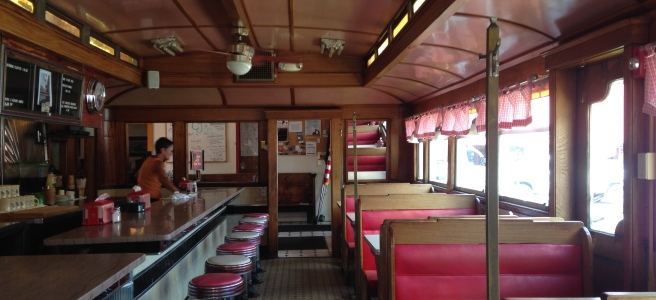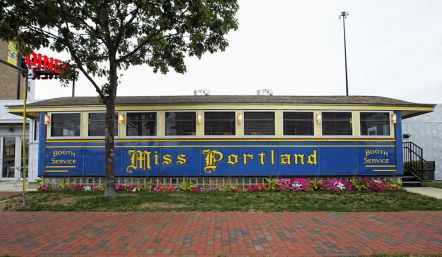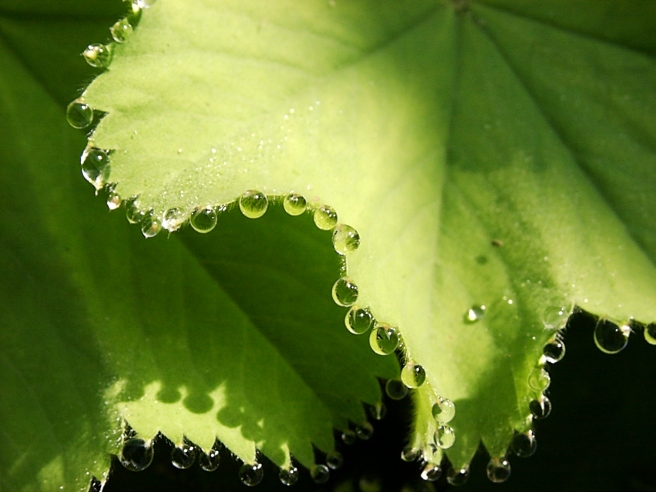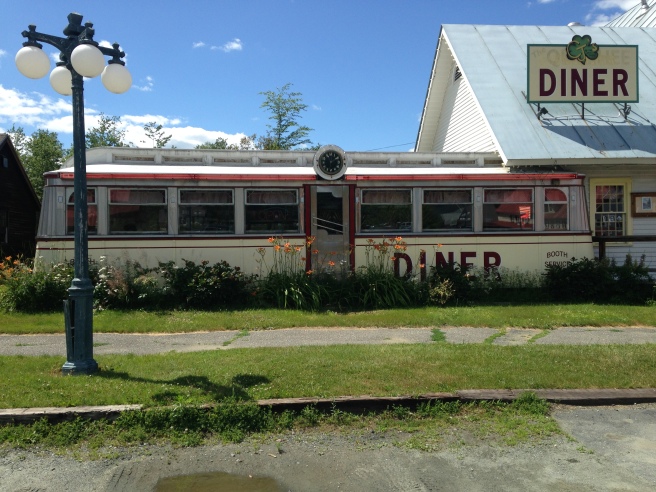
CJ’s Diner, Quechee, Vermont
CJ’s Diner is located in the Quechee Gorge Village, which it shares with the Vermont Antique Mall, Cabot Creamery store, Vermont Alpaca, Vermont Spirits distillery, and more. This 1946 Worcester Semi-Streamliner (#787) began its career in Holyoke, Massachusetts. It was brought to Quechee in 1991, and has had several owners and several different names since then. The current owners also have a restaurant and bar next door, which would account for the fact that this diner offers mimosas, bloody Marys, and beer on tap.
The interior includes the original terrazzo floors and tiled front on the counter, along with a smattering of the original elements behind the counter. Seating includes stools at the counter and booths. No cooking is done within sight of customers; we assume it’s done in the kitchen of the restaurant. The menu was standard diner fare, including breakfast all day.
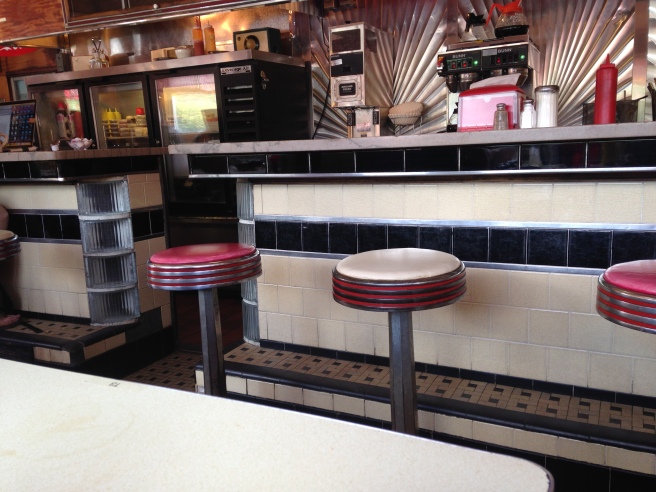
Because it’s located in a very heavy tourist area, the atmosphere here is quite different from that of a community-oriented eatery like the Windsor Diner, with its regulars well-known to a friendly staff. Fifties’ rock and roll piped in overhead could not make up for less than enthusiastic waitresses or the rather incongruous TV monitor mounted above the counter. The end result was a big lack of authenticity, when it came to having a true American diner experience.
BLT: My BLT was pretty standard, although the “toasted” bread had blackened grill marks, most likely from a panini press, that tasted burnt. In spite of being in the peak season for luscious garden tomatoes, the sandwich contained the usual tasteless disk of hard commercial tomato, okay lettuce, and an appropriate amount of chewy bacon.
On a scale of 1 to 10, with 5 being average, I gave my BLT a (5).
Cheeseburger: Don’s hamburger came with his choice of cheese plus lettuce and a similarly insipid tomato on a Kaiser-type bun. No onions, the usual condiments. The meat was thick but somewhat dry, and he gave the burger a (7).
French fries: These were included in the cheeseburger plate and were quite delicious. We decided they were probably cooked in beef tallow, which gave them lots of flavor and color (10).
Dessert: They didn’t offer and we didn’t ask. Customers were waiting in line, and the waitress seemed more interested in moving us along.
Prices:
BLT: $6.95, included ripple chips and numerous pickle slices
Burger: $7.95, cheese, lettuce, and tomato; French fries and cole slaw included
Root beer: $2.00 each; no refills offered
Total bill before taxes and gratuity: $18.90
Service: As little as possible. (5)
Restrooms: We did not visit restrooms but suspect they were not literally associated with the diner itself anyway.
Overall experience: 5 (out of 10)
Contact Information
CJ’s Diner
5573 Woodstock Road
Quechee, VT 05059
(802) 280-1810
For more photos, go here.

